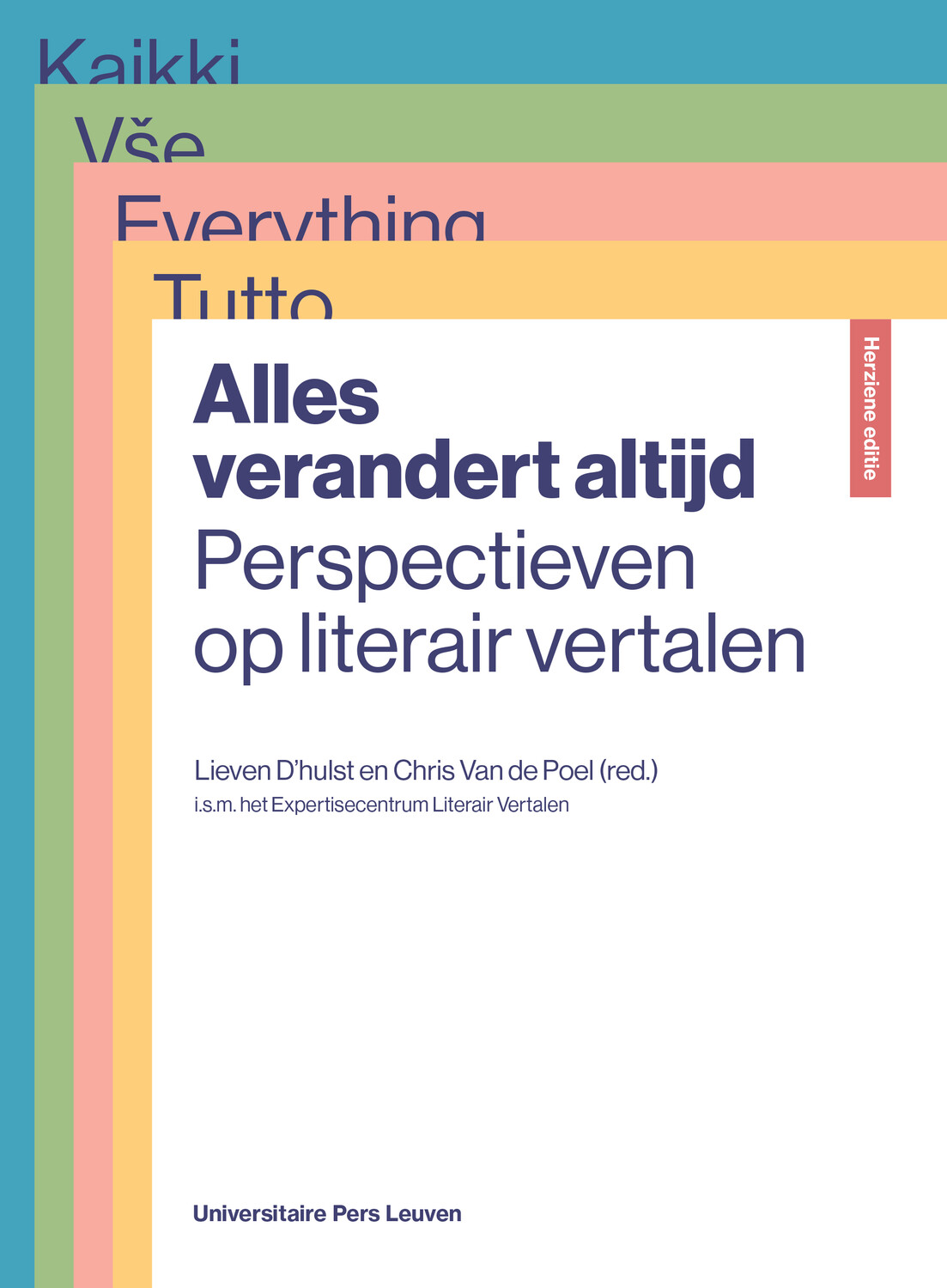
“Fiction co-shapes our understanding of social groups in myriad ways and we need to move beyond the traditional methods of close reading (but not abandon them!) if we want to make generalisable, empirical claims about cultural representation.”
Fiction plays a key role in shaping the image of social groups within societies? In his book Character Constellations, Roel Smeets delves into 170 contemporary Dutch-language novels, and using data-driven, statistical models, he analyses depictions of characters in terms of gender, race, ethnicity, class, age, sexuality, and other identity categories to understand the influence behind cultural representation and identity, and the role fiction and art have on these topics.
Briefly and concisely explain in plain language what the book is about.
This book explores the fictional societies depicted within Dutch-language fiction. Computational and statistical analysis of the 2137 characters populating a corpus of 170 recent Dutch language novels reveals the dynamics between different groups of people represented in present-day books of literary fiction.
What or who inspired you to choose this topic?
My former teacher and mentor Dr. Saskia Pieterse (Utrecht University), who gathered a small research group of students to count demographics of characters depicted in all submissions to the Libris Prize 2013. More broadly, this project was fueled by (scholarly and societal) debates on diversity, identity, and cultural representation taking place in the last decade or so. Prof. Dr. Andrew Piper (McGill University) was also a big inspiration and I have tried to follow his example by studying cultural representation with computational methods and statistics.
Do you have any reading suggestions to share (books, blogs, journals, ...) for anyone who wants to know more about the subject?
Read the published articles in the awesome Journal of Cultural Analytics (2016- ), which is the most important platform for these kinds of quantitative approaches to cultural representation. Also, read Andrew Pipers’ Enumerations (2018) and Can We Be Wrong? (2020), as well as Ted Underwood’s Distant Horizons (2018).
How did the writing process for this book go? Did you experience anything surprising, amusing or strange?
The writing process was part of the PhD project this book is a result of. After having struggled for a few months with finding the right structure and tone, most of the writing was really pleasant, dynamic, and efficient. I have to give credits to the tradition of Ashtanga Yoga, which I discovered in 2017 and which I have been doing almost every morning before writing for approximately 2 hours in my office at Radboud University. Having a clear mind and a healthy body definitely helped to set the right conditions for writing the book. In April 2019 my daughter Lua was born and the last few bits of the book were written carrying her in a sling to my chest.
What would you like readers to remember about your book?
That fiction co-shapes our understanding of social groups in myriad ways. Also, that we need to move beyond the traditional methods of close reading (but not abandon them!) if we want to make generalisable, empirical claims about cultural representation.
Your book is published open access thanks to the support of the KU Leuven Fund for Fair Open Access. How did the open access publication process go? What makes open access so attractive for you/your book? Have you thus far noticed that your book reaches a wider audience?
Honestly, it was quite some work to try to get the funding for the OA publication [Leuven UP: the remaining funding after the FFOA contribution]. But it has all been worth it. I have already noticed people on social media referring to specific parts of the book, which probably might not have happened if the book had not been available as a free ebook.
Do you have any plans yet for another publication? What will it be about? Would you consider publishing the book open access?
In the past year I have been writing a short book called Actual Fictions, which builds on Character Constellations but more explicitly takes the societal and historical context into account. How does fiction change in light of, for instance, emancipation movements? My ultimate goal is to write a data-driven history of the 20th- and 21st-century Dutch language novel. I have already started collecting new corpora from respectively the early 1900s, the 1930s, the 1960s, and the 1990s.
Character Constellations
Representations of Social Groups in Present-Day Dutch Literary Fiction
Roel Smeets
Paperback, Open Access ebook










































